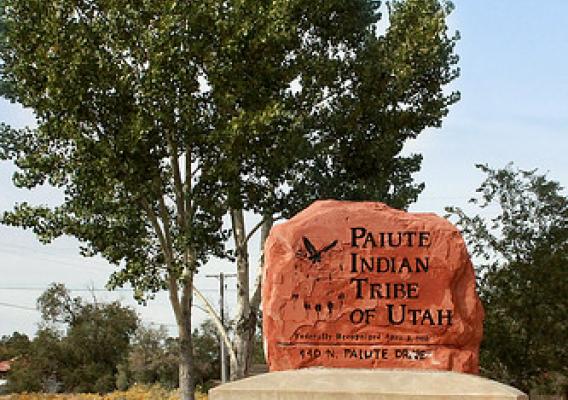Fifteen years ago, George Johnson and his daughter, Emily, began their first foray into winemaking, vinifying local wild grapes and other fruits in their home in rural Cody, Nebraska. At the suggestion of a family friend, they began to experiment with turning their uniquely flavored wines into vinegar, and today, Johnson operates one of the most successful independent vinegar businesses in the nation. With customers in every state and the loyalty of top chefs in Omaha, St. Louis, and Chicago, George Paul Vinegars offers a product ripe with old-world methodology and modern entrepreneurial spirit.
With the help of a $40,000 USDA Value-Added Producer Grant, the Johnsons conducted a feasibility study to gauge the likelihood of success for an independent vinegary in rural Nebraska, and were thrilled when the study indicated enormous potential for their unique product. With continued support from a Nebraska Agricultural Innovation Value-Added Agriculture grant from the Nebraska Rural Development Commission, George Paul Vinegars produces seven handcrafted varieties ranging from standards like apple cider and raspberry vinegars to more specialized flavors, including Johnson’s signature “Emilia” blend.










